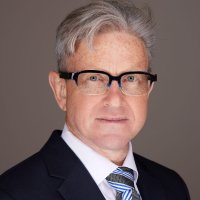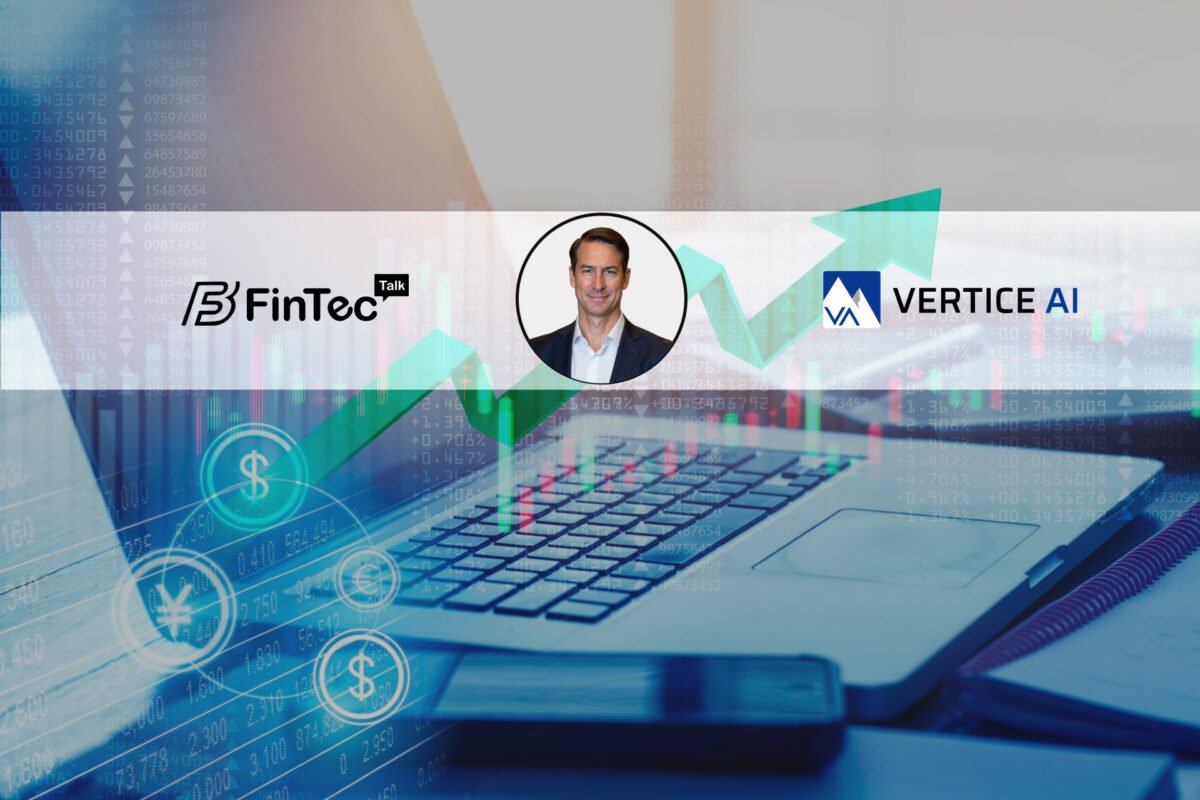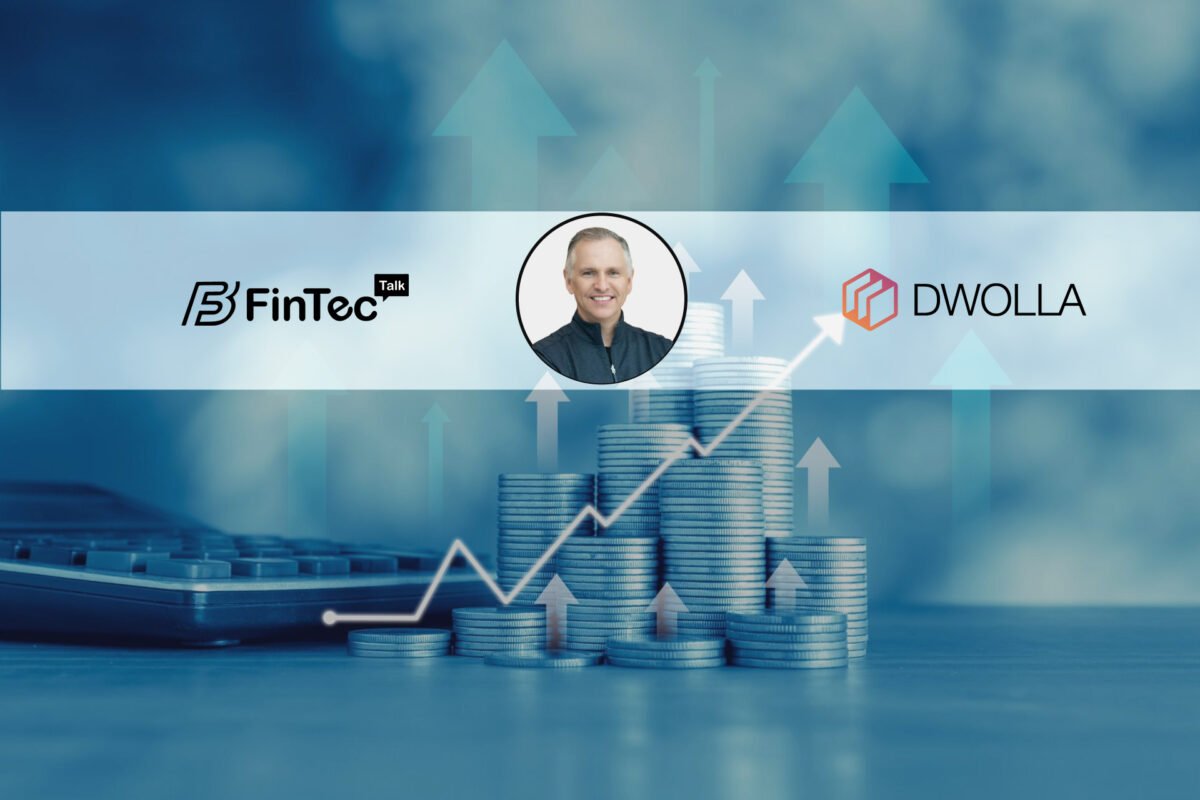Join us as we chat with Mark Gazit, the man behind ThetaRay’s innovative approach to detecting and preventing financial crime.
1. Mark, please give us a brief overview of your professional journey in the fintech space.
ThetaRay has developed unique and powerful AI technology that allows financial institutions to grow revenues through trusted global payments. The beginning wasn’t easy. It might be hard to believe, but we had to convince the financial industry that AI could do a better job at differentiating between bad and good transactions, which was traditionally considered to be a highly intuitive task that needed to be performed by expert anti-money laundering investigators and compliance officers.
We started with very large financial institutions and proved the value of our system, creating a new category in transaction monitoring that today we are leading – trusted global payments. With the acceleration of the digitization of transactions and digital payment solutions, especially by the COVID-19 pandemic, our system became more sought after by customers, including incumbent enterprise banks and challenger fintech companies.
2. Tell us more about your extensive experience in various industries and how you leverage that in the advancement of ThetaRay.
My professional background was primarily executive leadership of cybersecurity, intelligence, and Internet communications companies. Today, the same process of digital evolution that happened in the world of telecom and e-commerce for 20 years is now taking place in the world of financial services.
When the Internet was established, it was recognized that an email or IP address could be fake or the account could be hacked. This was a form of identity fraud. There became a need to monitor communications. Firewalls were created.
Today, the standard KYC (Know Your Customer) identification process is not enough, as fake personas can be easily created to make digital transactions. There is a need for a new solution.
3. What are some of the more notable innovations brought about by you as a leader to revolutionize the industry?
Financial institutions are required to monitor trillions of dollars in transactions every year, which is a task that is impossible to do manually using human labor. The old approach would be to build a model and catch the bad guys based on past patterns of behavior. But this is not working anymore, as attack vectors can change in a matter of seconds. ThetaRay uses augmented and unsupervised AI which makes it the only system that can identify both known and unknown criminal activities, enabling customers to make trusted transactions.
4. When it comes to leadership, various challenges come along while driving change in any space. Elaborate on the challenges you faced in your journey and how you turned these challenges into opportunities.
A few years ago, we were on a growth trajectory. At the time, bank compliance solutions were only allowed on premises. Then COVID-19 hit and we lost about half of our customers who were in the process of going live. This forced us to change our strategy and move our solution to the cloud. We understood that after the pandemic banks would have fewer branches for face-to-face customer service and would continue onboarding clients online. A solution running on the cloud is perfect for the spiraling amount of digital transactions. A year after COVID-19, ThetaRay has more than tripled its client base.
5. Can you give us a brief idea of the SONAR solution by ThetaRay?
ThetaRay has developed and is providing a new-in-category AI-powered solution, SONAR, to solve the growing challenge of banks and fintech companies to operate effective and efficient anti-money laundering (AML) and combating the financing of terrorism (CFT) programs, amid the surge in digital payments, especially cross border traffic.
ThetaRay’s AI and machine learning technology, a methodology called “artificial intelligence intuition,” uses proprietary unsupervised and semi-supervised machine learning algorithms that replace human bias. This empowers the system with an unmatched ability to recognize anomalies and find unknowns outside of normal behavior, compared with rules-based or supervised machine learning solutions.
The ThetaRay machine learning (ML) methodology and algorithms are applied to dozens of risk indicators associated with financial crimes. This risk-based AI approach paints a clear picture for compliance teams and enables them to detect abnormal activity within large sets of data and to effectively calculate and pinpoint transactions indicating suspicious activities. ThetaRay’s process also provides insights into customer identity in cases with limited visibility where KYC information is lacking, creating risk profiles of non-customers and transparency across complex paths.
6. What USPs of ThetaRay make it stand apart from the competition?
Operating in complex ecosystems, financial organizations are challenged today to differentiate between good and bad transactions. As digital payment velocity increases, AML compliance managers are exposed to enormous volumes of data. Bad actors continuously develop new modus operandi, changing criminal schemes faster than investigators can get on the trail of crime.
With ThetaRay’s advanced AI solution, banks and fintech companies acquire the ability to grow revenues through trusted and reliable cross-border and domestic payments. They also benefit greatly from ThetaRay’s unmatchable low false positive and high detection rates. The groundbreaking solution also improves customer satisfaction, reduces compliance costs, and increases risk coverage.
SONAR is also a cloud-native solution, offering fast and easy access for payment fintech companies looking to enter the market with a solution requiring minimal manpower and the ability to scale.
7. With technology majorly disrupting several industries at once, how will the future of the finance sector look?
The world of financial services is changing, with everything becoming digital. Today we have more digital dollars and digital currencies than printed dollars. Global remittance and cross-border payments’ transaction value is $37 trillion and growing. 85% of transfers are digital, and every year 25% of non-digital are becoming digital.
Different tools need to be used, and the onboarding process has changed as well, instead of KYC and presenting ID at a bank. We need cheaper financial services and a new level of solutions.
8. As a leader, how do you envision scaling ThetaRay’s operations in the future?
During the last year, the company grew revenues and customers extensively. We use technology extensively to simplify our product to allow more and more customers to use our solution. Today we have customers in more than 20 countries. Our goal is to make sure that the majority of financial institutions will use ThetaRay as the new standard in the market to allow trusted global payments.
9. What advice would you give to budding entrepreneurs and aspirants who wish to venture into the fintech space?
The fintech industry is very different than others. Money transfer is an essential market. It’s a relatively conservative industry that is experiencing innovation today alongside regulatory control.
The flow of money connects people and economies, it is a sensitive market, the threads of the human fabric.
Money can connect people, but also be used for warfare. It allows people to more easily buy things, but also creates an opportunity for criminals to get into new forms of crime.
All of this requires a high level of responsibility.
10. What would you say is the hook that drives you in the pursuit of excellence?
For more what drives me is making the world a better place, and to make a difference on a global scale. Of course, we are a commercial organization so we do it in a profitable way. Working at ThetaRay enables people around the world to conduct transactions, reduce the digital financial divide and increase financial inclusion.
11. How do you deal with the stress that comes with a leadership role? Tell us about your hobbies and how they help you strike a balance in your personal and professional life.
I love the stress. I call it excitement. Physical exercise, in my case, training and running a marathon helps on a physical level.




